It’s such a big problem that in 2015 it was officially declared an epidemic in Massachusetts. But there are many more tick-borne illnesses on the rise in our area, including Babesiosis (of which Middlsex County seems to be a hotspot) and the the rare, but fatal Powassan virus, which CBS Boston has increasingly been reporting on.
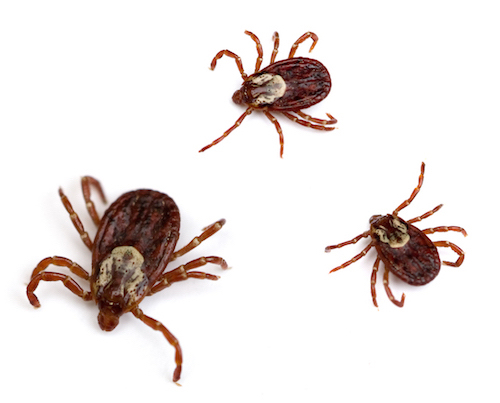
While not all ticks are infected with and carry scary diseases, do you really want to get bitten by one and take the chance? Even Billerica Wicked Local has been publishing things about how officials are urging people to be more vigilant about ticks, but their suggestions of “using tick and mosquito repellent, wearing long sleeves and long pants outdoors, and performing periodic checks for ticks on your body” are well-intentioned, but simply not realistic. The Town of Billerica, while also well-intentioned, doesn’t help their citizens much in the way of tick advice, either. Their “Public Health Nurse” section of their website consists of links to elsewhere and PDF downloads.
When it comes down to it, when the weather is nice out, who wants to be bundled up in their own yard? That’s where professional Billerica tick control comes in. It is essential to your whole family’s health that you hire a trusted tick control expert.

Not only do professional tick control companies help eliminate up to 90% of mosquitoes with a specially formulated barrier treatment, the same formula conveniently eliminates up to 90% of adult ticks and fleas on contact, too. It’s pretty powerful stuff, but when it comes to Billerica tick control, you can go one step further to protect you and your loved ones from ticks and tick-borne illnesses.
Following the same barrier treatment process used for mosquito control, your tick control expert will distribute a special bug-eliminating formula to treat surfaces in your yard that include shrubbery, foliage (avoiding flowers), around and underneath decks and patios, and especially tall grass. Special attention is given to the tall grass areas on your property for Billerica tick control since this is typically where you can find them breeding, resting and waiting for their next blood meal. It’s your tick control professional’s job to make sure it’s not you!
Since special barrier spray formulas are designed to be time released, your property will be protected for three weeks once the treatment is dispersed. This barrier treatment has the added benefit of preventing the eggs of ticks from hatching and thus puts a stop to the next generation of these pests. For continuous, worry-free tick and mosquito control in on your property, choose a seasonal plan so you won’t have to worry about rescheduling. You don’t even need to be home when your tick control technicians visit, and they’ll always leave a confirmation of service before we leave.
But Billerica tick control doesn’t stop there.
Step two in Billerica tick control: Going straight to the source
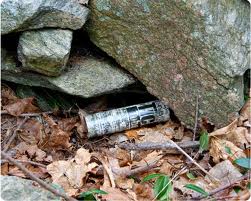 Lyme Disease and other tick-born illnesses caused by bacteria transmitted most often by the deer tick, but other ticks carry disease, too. Not every tick is a carrier of bad pathogens, but it’s best to err on the safe side. Ticks become infected when they feed on small animals, usually mice, that are infected. By going straight to the source through the implementation of tick tubes, you will be able to stop the cycle of disease where it would normally start. That way, you’re eliminating ticks before they come anywhere near people and pets.
Lyme Disease and other tick-born illnesses caused by bacteria transmitted most often by the deer tick, but other ticks carry disease, too. Not every tick is a carrier of bad pathogens, but it’s best to err on the safe side. Ticks become infected when they feed on small animals, usually mice, that are infected. By going straight to the source through the implementation of tick tubes, you will be able to stop the cycle of disease where it would normally start. That way, you’re eliminating ticks before they come anywhere near people and pets.
What’s a tick tube? Well, it’s a small tube with biodegradable tubing that’s filled with cotton treated with a solution fatal to ticks. Tubes are strategically placed around your property, and mice and other small animals find them and bring the cotton back to their burrows to make them nice and cozy. When a hungry tick bites and feeds off one of these small animals, it’s gone from this world and one fewer tick to worry about potentially causing anyone damage. These Billerica tick control tubes are a proactive measure that reputable tick control companies take, and help reduce up to 90% of tick populations before they’re able to multiply.
 Not a problem. Reputable tick control companies also offer an all-natural barrier treatment. Professional tick control products are EPA registered, but I understand there are some people who want to be as eco-friendly as possible. Tick control experts have developed all-natural forumlas with essential oils and a few secret ingredients for those who prefer to go this route. While it’s more of a repellant than an eliminator, an all-natural formula is still highly effective —most homeowners notice a reduction in mosquitoes, ticks, and other yard pests by up to 80% using this method. Also time released, I highly recommend reapplication every two weeks instead of the three that a traditional barrier spray would need.
Not a problem. Reputable tick control companies also offer an all-natural barrier treatment. Professional tick control products are EPA registered, but I understand there are some people who want to be as eco-friendly as possible. Tick control experts have developed all-natural forumlas with essential oils and a few secret ingredients for those who prefer to go this route. While it’s more of a repellant than an eliminator, an all-natural formula is still highly effective —most homeowners notice a reduction in mosquitoes, ticks, and other yard pests by up to 80% using this method. Also time released, I highly recommend reapplication every two weeks instead of the three that a traditional barrier spray would need.





 Lyme Disease and
Lyme Disease and  Not a problem. Reputable tick control companies also offer an all-natural barrier treatment. Professional tick control products are EPA registered, but I understand there are some people who want to be as eco-friendly as possible. Tick control experts have developed
Not a problem. Reputable tick control companies also offer an all-natural barrier treatment. Professional tick control products are EPA registered, but I understand there are some people who want to be as eco-friendly as possible. Tick control experts have developed 

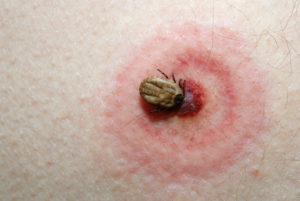 Lyme disease marker proteins are present in very low levels, and are difficult to detect. For this reason, multiple tests are required to achieve a clear diagnosis, even on patients, who already have symptoms. The new test is purported to identify those disease markers directly with one small blood sample. The
Lyme disease marker proteins are present in very low levels, and are difficult to detect. For this reason, multiple tests are required to achieve a clear diagnosis, even on patients, who already have symptoms. The new test is purported to identify those disease markers directly with one small blood sample. The 
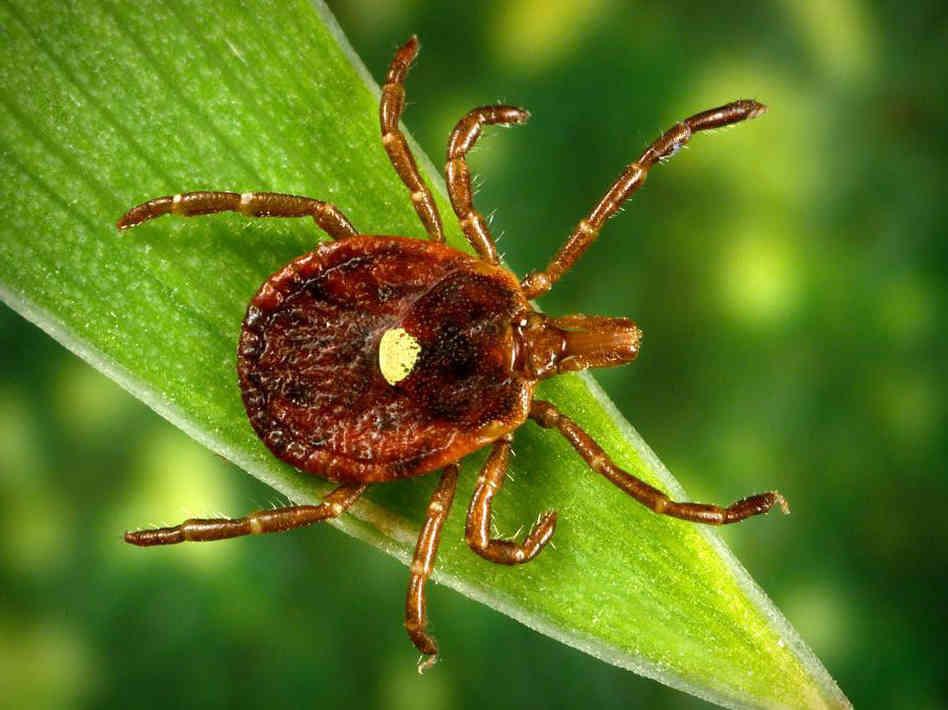

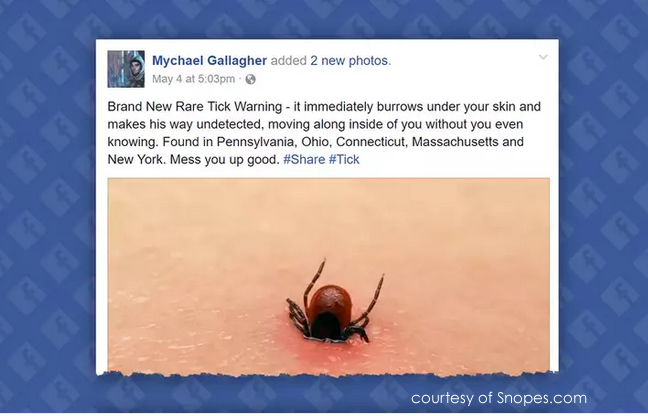
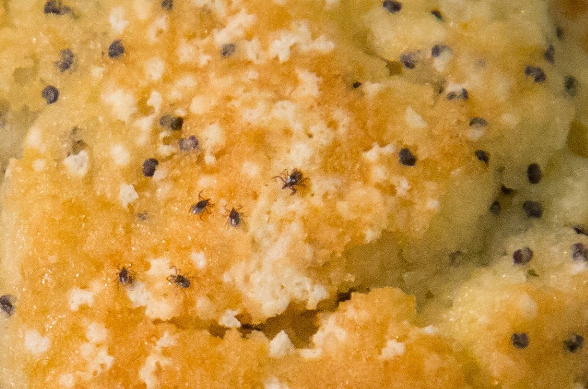

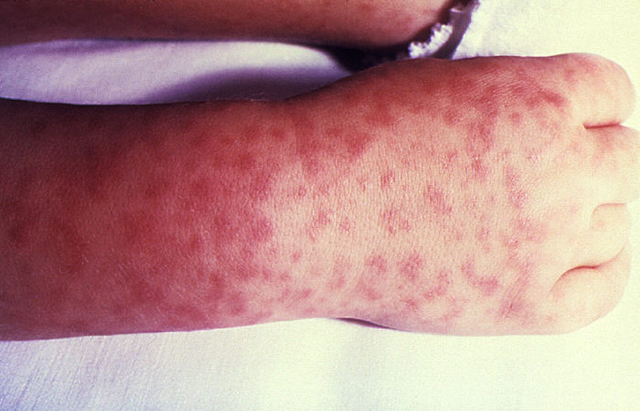


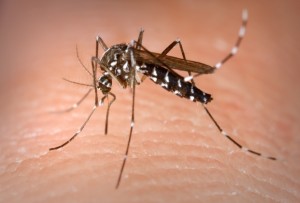
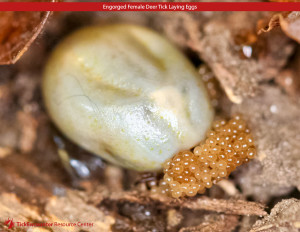
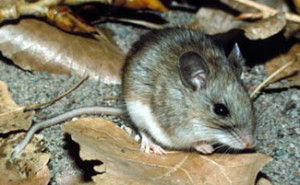


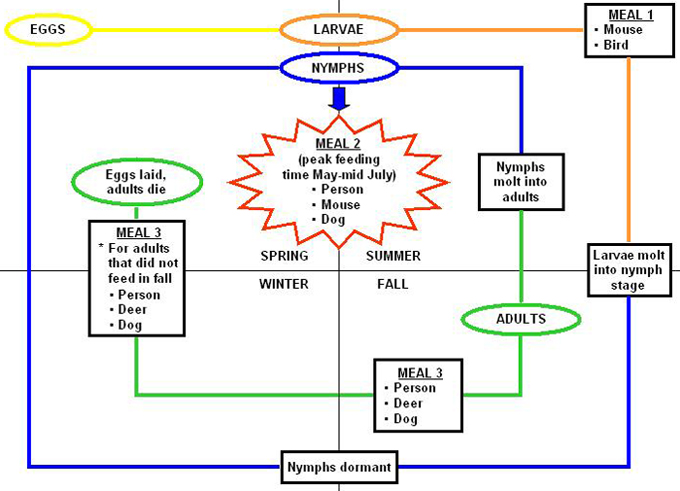

 Where would repair people, mechanics and homeowners be without this 11th Wonder of the Fix-it World? Well, there’s yet another use for it when it comes to ticks. Before ticks become attached to your skin or your dog’s skin, tear off a piece of duct tape and “stick it to them”. Blotting up any ticks on the skin removes the tick and prevents them from becoming lost before you can throw them out. Use a big enough piece of tape to fold it over the tick after removing it and seal them inside. When you’re done, throw the tape in the trash. How easy is that?
Where would repair people, mechanics and homeowners be without this 11th Wonder of the Fix-it World? Well, there’s yet another use for it when it comes to ticks. Before ticks become attached to your skin or your dog’s skin, tear off a piece of duct tape and “stick it to them”. Blotting up any ticks on the skin removes the tick and prevents them from becoming lost before you can throw them out. Use a big enough piece of tape to fold it over the tick after removing it and seal them inside. When you’re done, throw the tape in the trash. How easy is that? It’s OK; this one isn’t as bad as it sounds. Since you have some privacy and your pants and lower garments are off it’s easy to spot any ticks on your skin. Ticks like to hang out for a free meal in grassy and brushy areas. They climb to a height anywhere from our ankles to knees. They dry out quickly in the heat and sun so they try to find shade ASAP. When they find you, that shade is under your clothes and not outside the fabric. Once they get near your skin, they begin looking for places where the skin is thin and where the biggest blood supply can be found. That is usually in the creases and folds of our skin, such as your waist and groin area.
It’s OK; this one isn’t as bad as it sounds. Since you have some privacy and your pants and lower garments are off it’s easy to spot any ticks on your skin. Ticks like to hang out for a free meal in grassy and brushy areas. They climb to a height anywhere from our ankles to knees. They dry out quickly in the heat and sun so they try to find shade ASAP. When they find you, that shade is under your clothes and not outside the fabric. Once they get near your skin, they begin looking for places where the skin is thin and where the biggest blood supply can be found. That is usually in the creases and folds of our skin, such as your waist and groin area.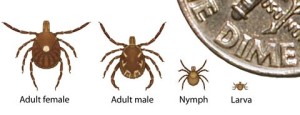
 Hard ticks and soft ticks all need moisture, especially hard ticks like deer ticks. Other soft ticks take a bit longer to dry out. So tip #3 is to put the clothes you wore outside in the dryer as soon as you come indoors. Do this before washing them. Ten minutes on high heat will dry out hard ticks and 15+ minutes will dry out the softer ones. Washing won’t destroy ticks, no matter how hot the water. Remember, they need moisture and are active in warm months so warmth and water are their two best friends. Very dry and hot are their worst nightmare. Once your clothes are finished in the dryer, wash them knowing you won’t be releasing any ticks into your closets or clothes hamper.
Hard ticks and soft ticks all need moisture, especially hard ticks like deer ticks. Other soft ticks take a bit longer to dry out. So tip #3 is to put the clothes you wore outside in the dryer as soon as you come indoors. Do this before washing them. Ten minutes on high heat will dry out hard ticks and 15+ minutes will dry out the softer ones. Washing won’t destroy ticks, no matter how hot the water. Remember, they need moisture and are active in warm months so warmth and water are their two best friends. Very dry and hot are their worst nightmare. Once your clothes are finished in the dryer, wash them knowing you won’t be releasing any ticks into your closets or clothes hamper.